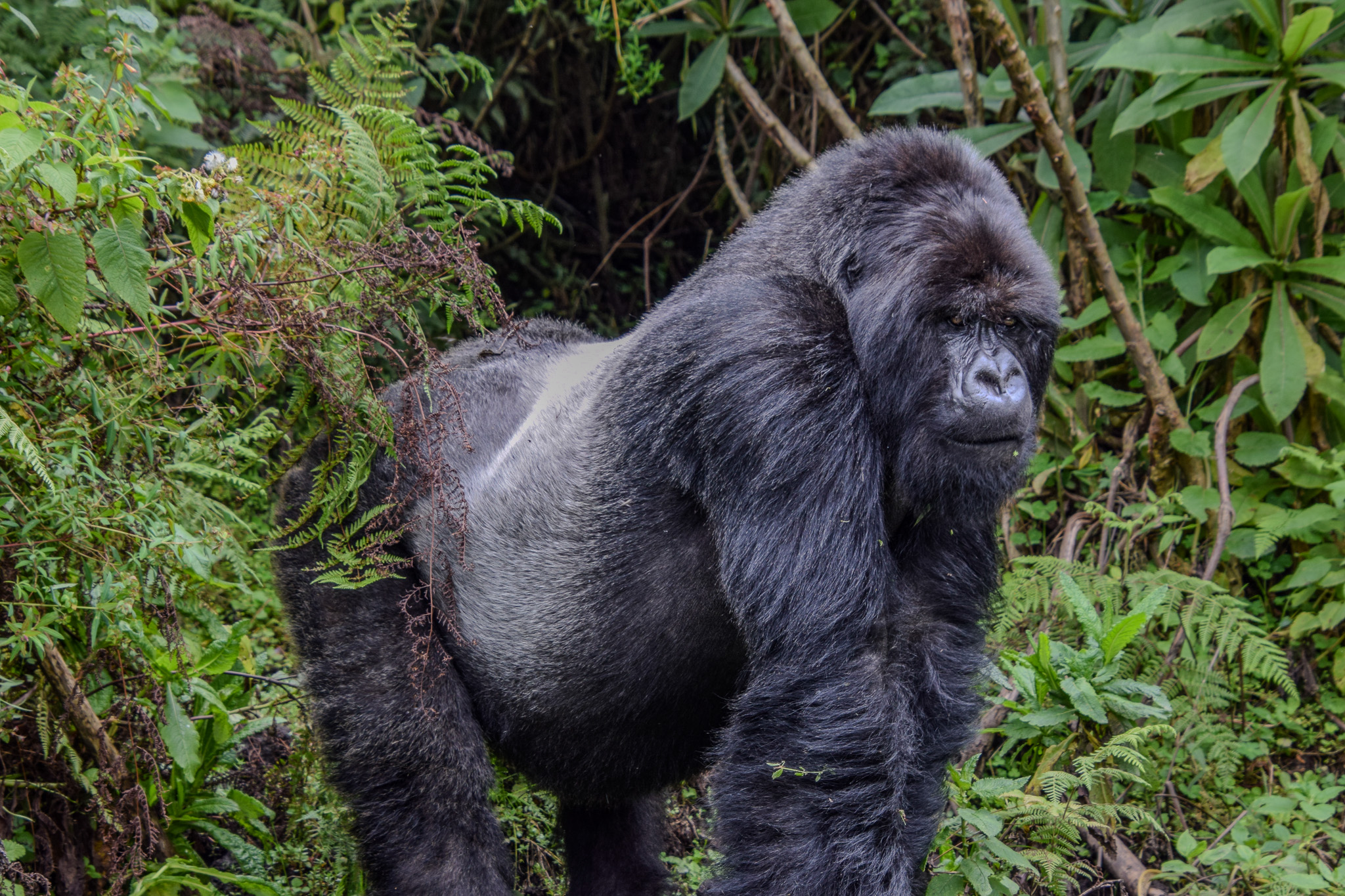Travel has the power to transform lives—not just our own, but also those of the planet’s most vulnerable inhabitants. For wildlife lovers, venturing into nature can become a purposeful act of conservation. By visiting areas where species are under threat, supporting ethical tourism, and spreading awareness, we can actively contribute to their survival.
But how can travel make a difference? It begins with understanding the challenges faced by endangered animals and choosing experiences that empower local communities and conservation efforts. Here, we explore 10 incredible species teetering on the brink of extinction and offer practical ways you can help save them while embarking on unforgettable adventures.
1. Amur Leopard
Status: Critically Endangered
Population: Fewer than 120 individuals remain in the wild.
Where to See Them: Russian Far East, particularly in the Land of the Leopard National Park.
How You Can Help: Opt for guided eco-tours that support anti-poaching initiatives and habitat restoration projects. Supporting local conservation organizations like the Amur Leopard and Tiger Alliance (ALTA) can also make a significant impact.

2. Hawksbill Sea Turtle
Status: Critically Endangered
Population: Estimated to have declined by over 80% in the last century.
Where to See Them: Tropical oceans, particularly in the Caribbean, Seychelles, and Indonesia.
How You Can Help: Join marine conservation programs where you can assist with beach clean-ups and nesting site protection efforts. Be sure to avoid purchasing souvenirs made from tortoiseshell.
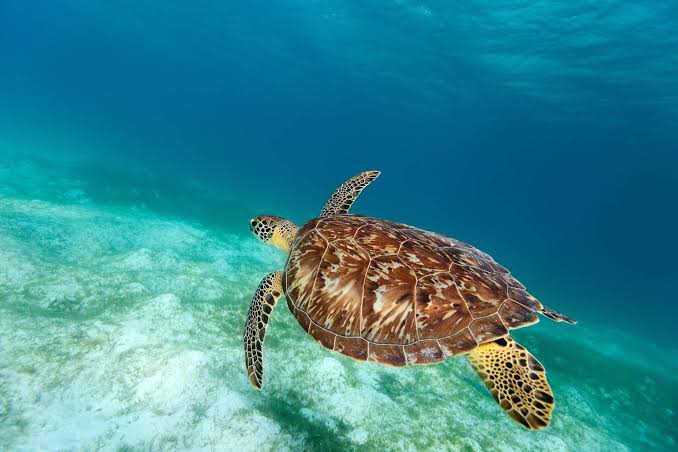
3. Mountain Gorilla
Status: Endangered
Population: Around 1,063 individuals remain.
Where to See Them: Uganda, Rwanda, and the Democratic Republic of Congo.
How You Can Help: Book gorilla trekking permits that directly fund local conservation and community projects. Visiting with certified tour operators ensures minimal disturbance to the gorillas while providing vital funding for their protection.
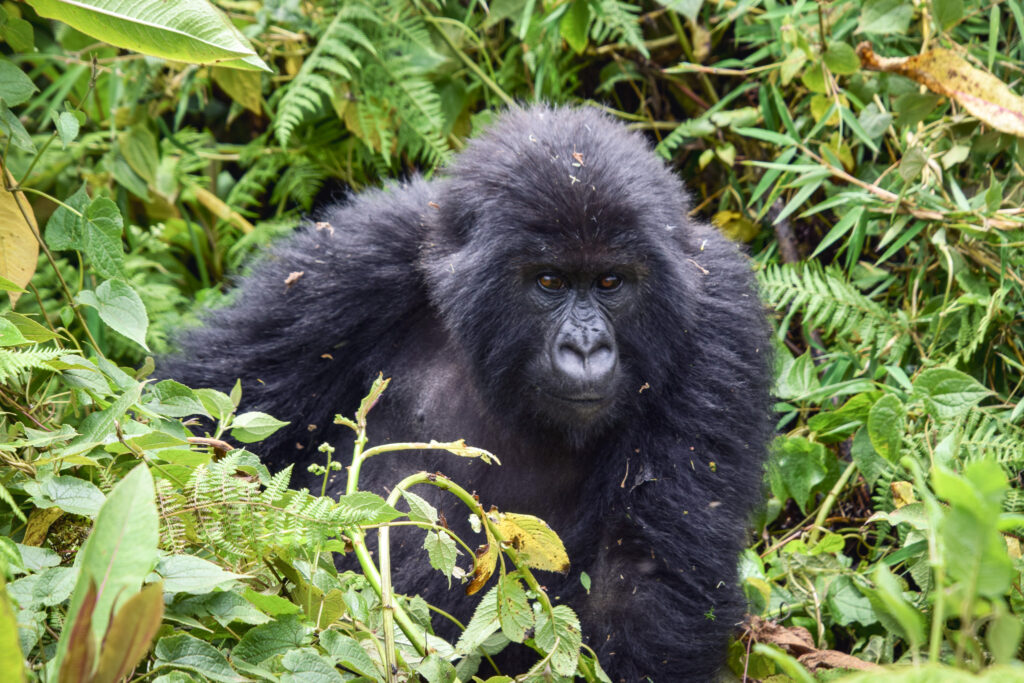
4. Vaquita
Status: Critically Endangered
Population: Fewer than 10 individuals are thought to survive.
Where to See Them: Northern part of the Gulf of California, Mexico (though sightings are extremely rare).
How You Can Help: Support organizations like Sea Shepherd that work to remove illegal fishing nets and protect marine habitats. Advocating for sustainable fishing practices is critical for their survival.
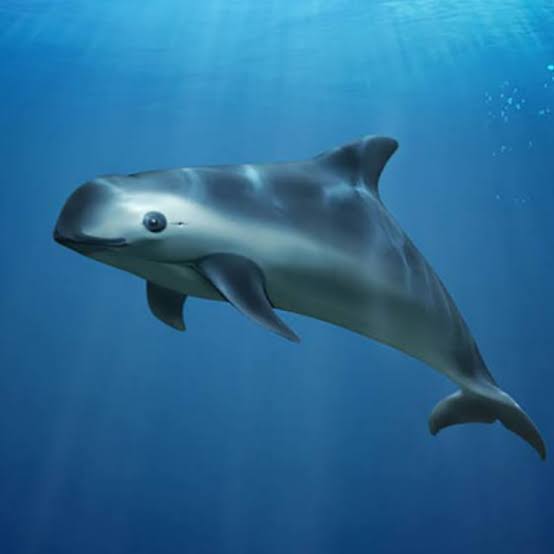
5. Pangolin
Status: Critically Endangered
Population: Declining rapidly due to illegal wildlife trade.
Where to See Them: Wildlife reserves in Africa and parts of Asia.
How You Can Help: Visit sanctuaries that rehabilitate rescued pangolins and educate locals about their importance to the ecosystem. Avoid purchasing traditional medicines or products made from pangolin scales.

6. Snow Leopard
Status: Vulnerable
Population: Estimated 4,000-6,500 in the wild.
Where to See Them: Mountain ranges of Central Asia, including the Himalayas.
How You Can Help: Travel with conservation-focused tour operators that contribute to anti-poaching patrols and research. Supporting organizations like the Snow Leopard Trust ensures long-term protection of these “ghosts of the mountains.”

7. Orangutan
Status: Critically Endangered
Population: Bornean and Sumatran orangutans have declined by more than 50% in recent decades.
Where to See Them: Borneo and Sumatra.
How You Can Help: Participate in eco-tours that support rainforest conservation and avoid products contributing to deforestation, such as non-sustainable palm oil. Volunteering at rehabilitation centers can also aid in their recovery.
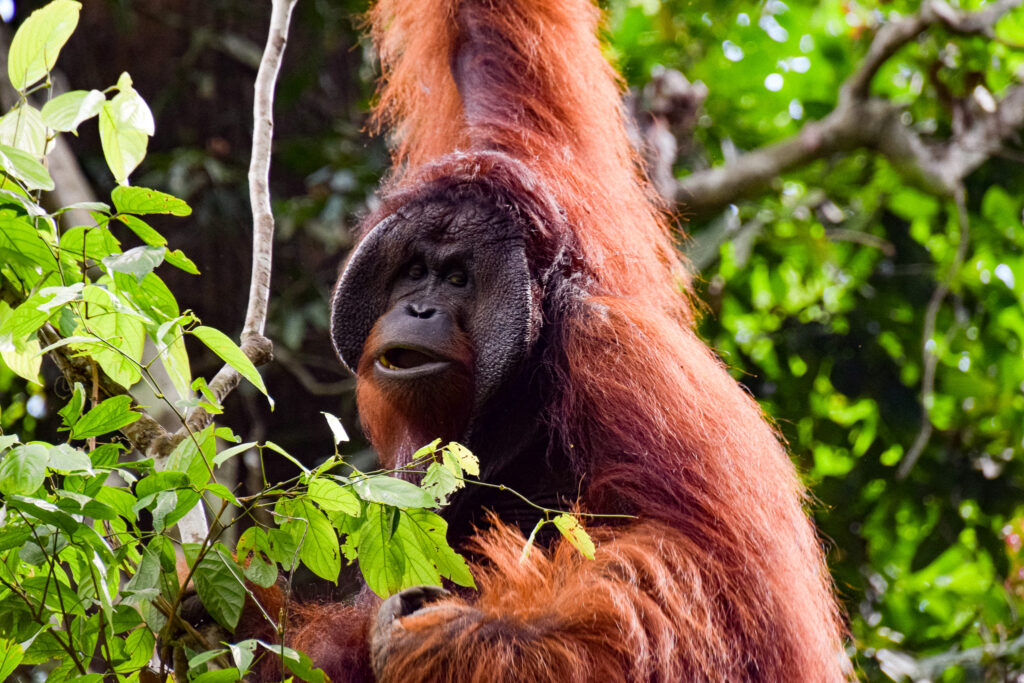
8. Kakapo
Status: Critically Endangered
Population: Around 250 individuals.
Where to See Them: Predator-free islands in New Zealand, such as Codfish Island.
How You Can Help: Support conservation programs like those run by the New Zealand Department of Conservation by visiting responsibly and donating to their efforts. Spread awareness about the unique plight of this flightless parrot.
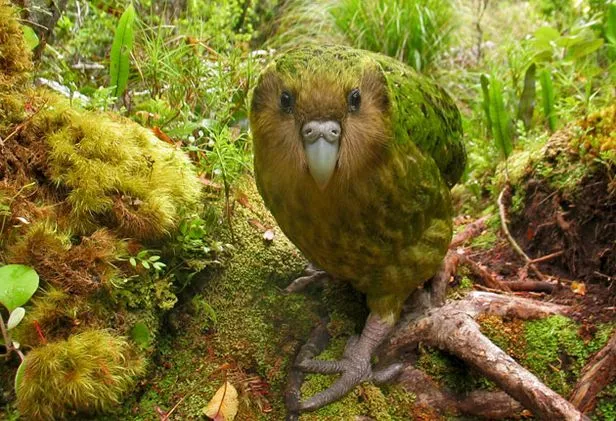
9. Javan Rhino
Status: Critically Endangered
Population: Fewer than 80 individuals.
Where to See Them: Ujung Kulon National Park, Indonesia.
How You Can Help: Advocate for sustainable tourism that protects the park’s fragile ecosystem and fundraise for rhino conservation programs. Support global efforts to curb habitat destruction caused by agriculture.
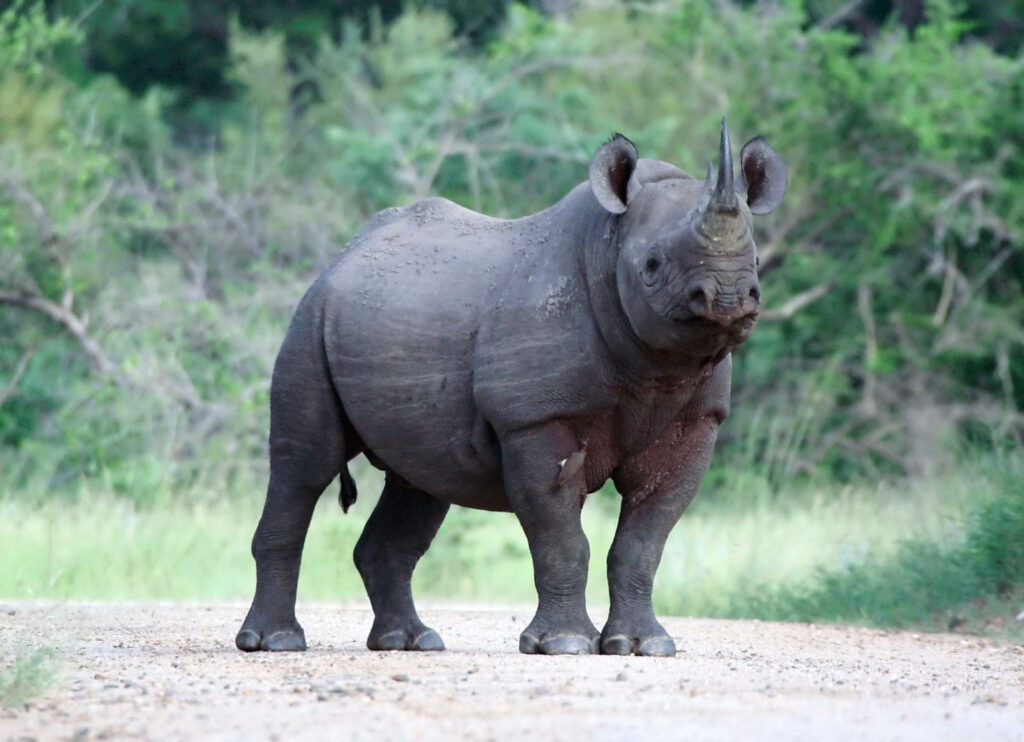
10. African Wild Dog
Status: Endangered
Population: Approximately 6,000 individuals.
Where to See Them: African savannas, particularly in Botswana and Zimbabwe.
How You Can Help: Stay at lodges and camps that actively contribute to wild dog monitoring and protection initiatives. Community-based tourism programs can help mitigate human-wildlife conflicts.
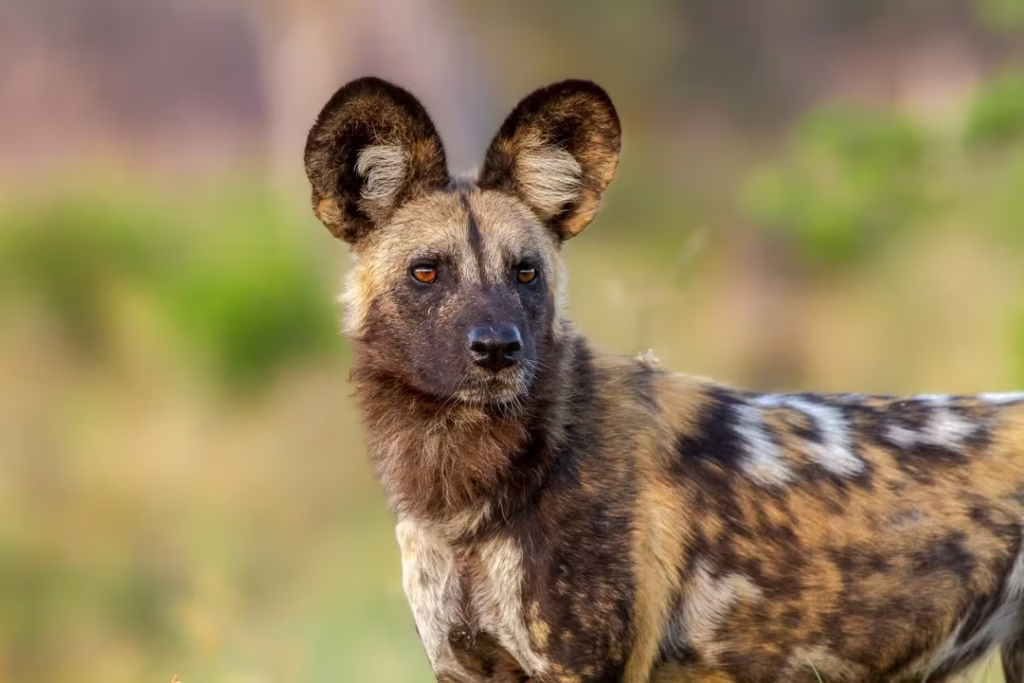
Tips for Ethical Wildlife Travel
- Research Your Tour Operators: Choose companies with proven commitments to conservation and sustainability.
- Avoid Exploitative Practices: Steer clear of attractions that involve handling, riding, or disturbing wildlife.
- Donate or Volunteer: Consider contributing to reputable organizations that protect endangered species.
- Travel Light: Reduce your ecological footprint by using eco-friendly gear and practices.

